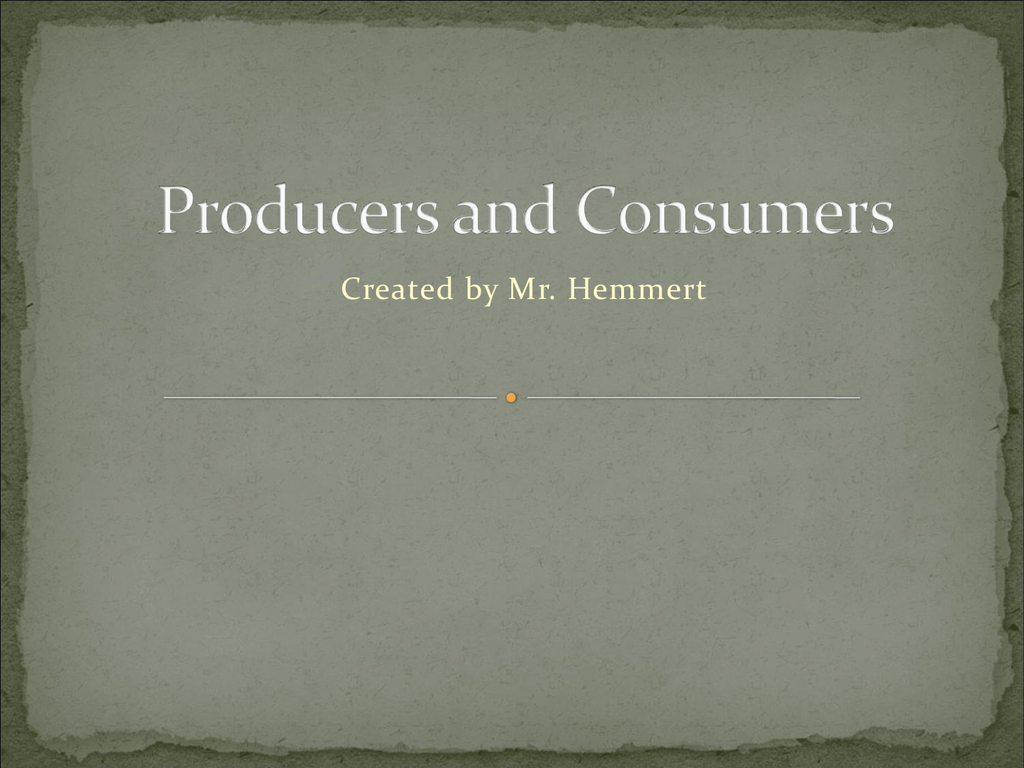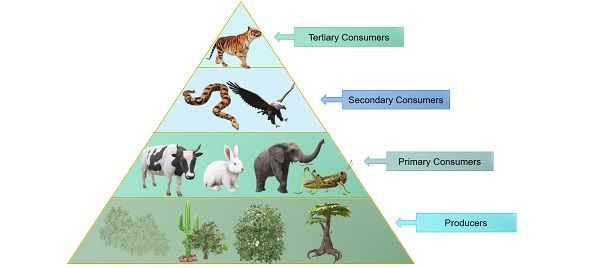

The P() operation decreases the semaphore value down to zero. As a side effect, a thread can move from the wait queue to the ready queue. The V() operations release the semaphores. If the buffer is empty, that is the number of queueing portions is zero, the consumer thread will wait in the P(number of queueing portions) operation. If the buffer is full, that is number of empty positions is zero, the producer thread will wait in the P(number of empty positions) operation. The "number of queueing portions" semaphore counts the filled locations in the buffer, the "number of empty positions" semaphore counts the empty locations in the buffer and the semaphore "buffer manipulation" works as mutex for the buffer put and get operations. The buffer can store N portions or elements. The original semaphore bounded buffer solution was written in ALGOL style. Instead, the natural synchronization events are exchanges of message." Dijkstra's bounded buffer solution Per Brinch Hansen and Niklaus Wirth saw soon the problem of semaphores: "I have come to the same conclusion with regard to semaphores, namely that they are not suitable for higher level languages. the finite buffer that should contain all portions of all streams to have a capacity of 'tot' portions." The relation becomes symmetric, if the two are coupled via a buffer of finite size, say N portions" Īnd about the multiple producer-consumer case: "We consider a number of producer/consumer pairs, where pair i is coupled via an information stream containing n i portions. He wrote about the bounded buffer case: "We have studied a producer and a consumer coupled via a buffer with unbounded capacity. We assume the two processes to be connected for this purpose via a buffer with unbounded capacity." The consumer is also a cyclic process and each time it goes through its cycle, it can process the next portion of information, as has been produced by the producer. The producer is a cyclic process and each time it goes through its cycle it produces a certain portion of information, that has to be processed by the consumer. " ĭijkstra wrote about the unbounded buffer case: "We consider two processes, which are called the 'producer' and the 'consumer' respectively. Synchronization was controlled by two counting semaphores in what we now know as the producer/consumer arrangement: the one semaphore indicating the length of the queue, was incremented (in a V) by the CPU and decremented (in a P) by the channel, the other one, counting the number of unacknowledged completions, was incremented by the channel and decremented by the CPU. Dijkstra since 1965.ĭijkstra found the solution for the producer-consumer problem as he worked as a consultant for the Electrologica X1 and X8 computers: "The first use of producer-consumer was partly software, partly hardware: The component taking care of the information transport between store and peripheral was called 'a channel'. In computing, the producer-consumer problem (also known as the bounded-buffer problem) is a family of problems described by Edsger W. ( Learn how and when to remove this template message)

( April 2022) ( Learn how and when to remove this template message)

Use the lead layout guide to ensure the section follows Wikipedia's norms and is inclusive of all essential details. The lead section of this article may need to be rewritten.


 0 kommentar(er)
0 kommentar(er)
